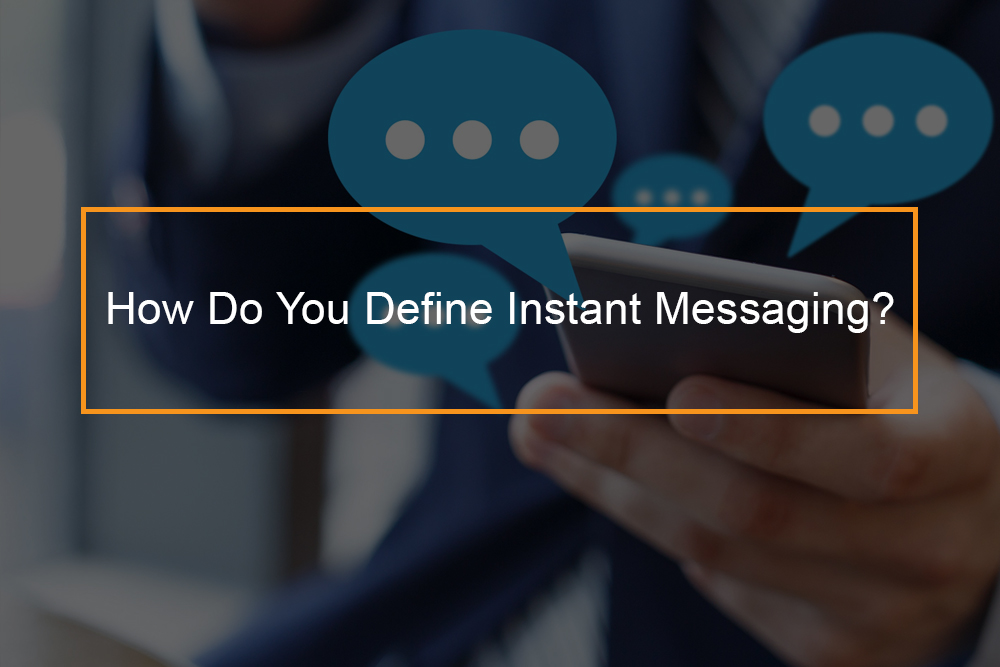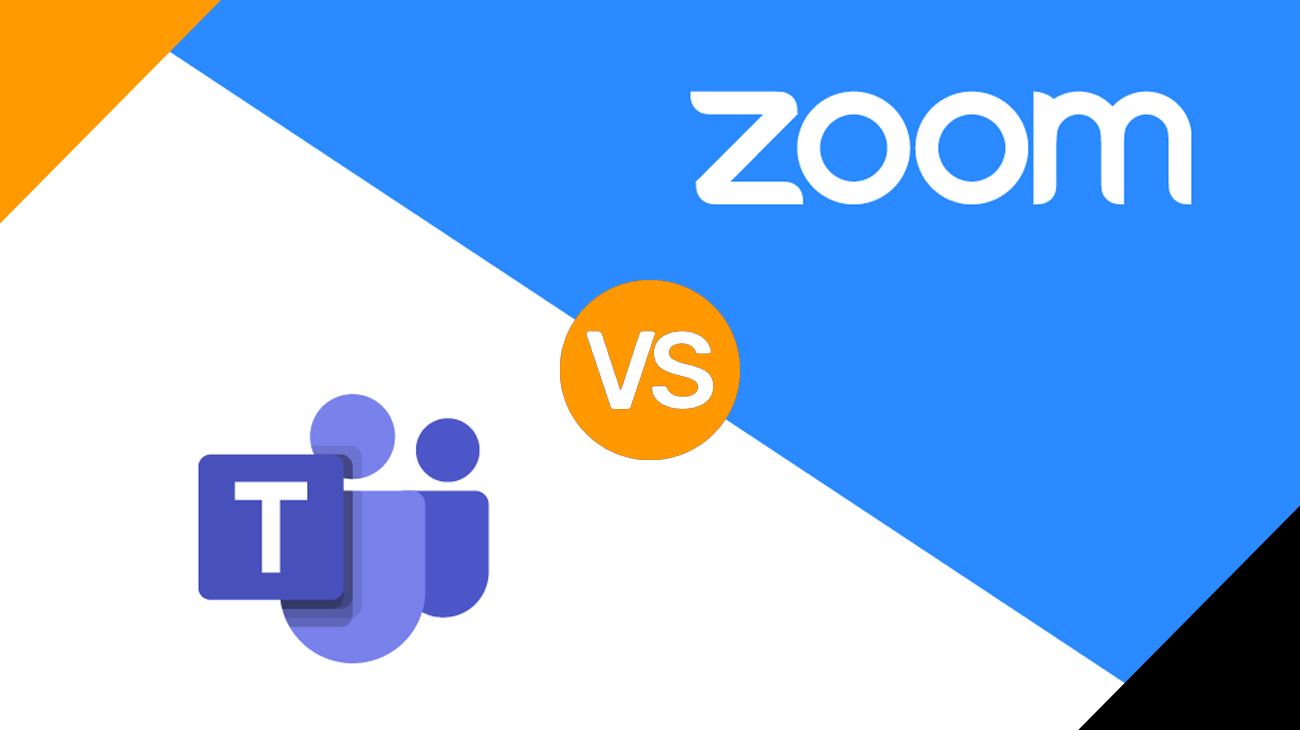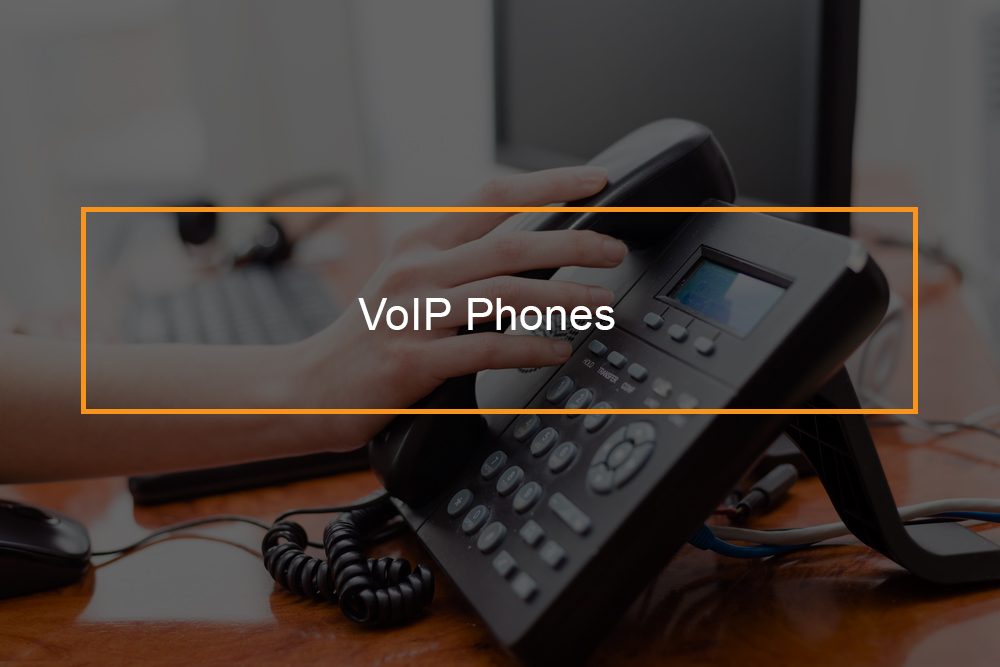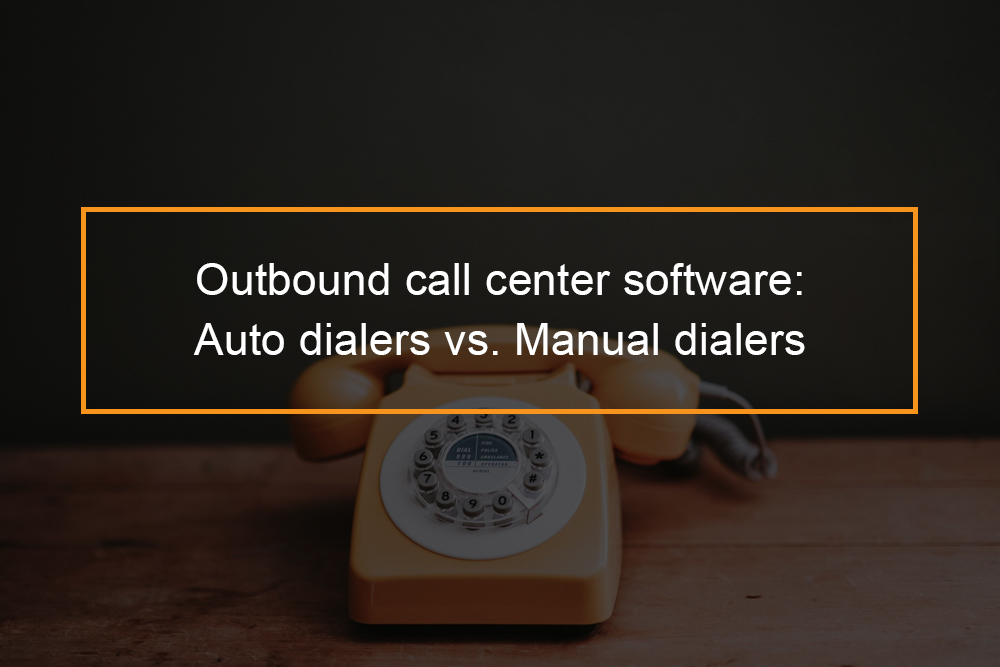
Instant messaging, frequently abbreviated as IM or IM’ ing, is the exchange of near real-time messages through a stand-alone application or embedded software. Unlike chat room with lots of users taking part in several and overlapping discussions, IM sessions generally take place in between 2 users in a personal, back-and-forth style of communication.
Discussing Instant Messaging
Instant messaging was utilized previously on the Internet. In the 1960s, multiuser os like the Compatible Time-Sharing System and Multics sent out notifications for services like printing; however, users rapidly learned to interact with others who they had logged into the same printer or other devices. As networks, configuring languages and procedures established, bulletin board systems emerged in the 1980s, a few of which consisted of chat features.
By 2000, running numerous software application customers was no longer required for instant messaging. Procedures were put up allowing Extensible Messaging and Presence Protocol servers to serve as entrances for multiprotocol clients.
There are lots of IM services readily available today, some which link to social networking websites. Nevertheless, each IM service provides its exclusive software application client as a different program or as a browser-based program. Some services do enable limited functions with other IM services, and there is some third-party software application capable of getting in touch with vital IM services.
There have been lots of efforts to create a typical communication language procedure for the leading IM service providers. However most have failed, so each IM service provider continues with its particular language protocol. As a result, many IM networks can not interact with each other, which has triggered the IM provider to lose a significant amount of company.
Among the core features of numerous instantaneous messenger, clients are the ability to see whether a pal or colleague is online and linked through the desired service– an ability known as existence. As technology has evolved, numerous IM customers have included support for exchanging more than simple text-based messages, permitting actions like file transfers and image sharing within the IM session.
Instant messaging varies from email in the immediacy of the message exchange. IM likewise tends to be session-based, having a start and an end. Since IM is meant to simulate in-person conversations, specific messages are frequently quick. Email, on the other hand, typically shows a longer-form, letter-writing style.
How Instant Messaging Works?
Typically, IM users must understand each other’s username or screen name to initiate an IM session or to include them to their contact or friend list. As soon as the recipient has been identified, the sender opens an IM window to begin the session.
For IM’ ing to work as planned, both users must be online; at the same time, however, most platforms where you can instantly message permit separate communication between online and offline users. If offline messaging is not supported, trying to IM an unavailable user will result in a notification that reads ‘unable to complete the transmission.’ Also, the desired recipient should want to accept instant messages, as it is possible to configure the IM client to turn down individual users.
When you get an IM, it alerts you with a window containing the inbound message. Or, depending upon the user’s settings, a window might show an IM has shown up along with a time to accept or reject it. Many IM clients likewise notify the user audibly with a distinctive sound, such as a chime or chirp. The user can also be informed visually by flashing the IM window or its taskbar icon when a message has arrived.
While IM customers have been dependent on setups that require both users to use the same software to communicate– the adoption of open standards has become more common. This advancement has enabled the increase of multi-platform instant messengers, such as Pidgin and Trillian.
Another crucial shift in IM has been how it’s accessed and delivered. Long released as a desktop customer that had to be downloaded and installed, instant messaging is now more frequently found as a function within another web- or cloud-based service– such as Facebook, Gmail, and Skype– or as a mobile app, such as WhatsApp Messenger.
How Does Instant Messaging Function?
For a long time, the exchange of text has been the primary role of instant messaging. However, it is now one function amongst many. The capability to place images and emojis into messages is now necessary for numerous clients, as are file transfers. Facebook Messenger even makes it possible for users to send out cash via IM. Many customers now support the escalation from IM to other modes of communication, such as group chat, voice calls or video conferencing.
Existence makes it possible for users to see the availability of their contacts– not just whether they are online or offline, however also whether they have suggested their status is complementary or busy. Some customers also allow users to set an “away message” offering more detail about their minimal or lack of schedule. Within an active session in between 2 users, the majority of customers can also indicate to one user in good time when the other user is typing.
What are Examples of Instant Messaging Apps?
12 of The Top Instant Messaging Apps
There is a wide array of Instant messaging apps out there and you may be wondering how to choose the most convenient for you. This section has a list of some of the most popular applications you can go for.
Telegram
Boasting countless active users, Telegram lists itself as the fastest messaging app around. It functions across numerous devices; like on both desktop and mobile platforms. There’s a unique feature that allows you to store your message history in the cloud and also share files without any limitation on size, and chats are under protection with 256-bit symmetric AES file encryption, 2048-bit RSA file encryption, and Diffie-Hellman protected crucial exchange. There’s assistance for sticker labels and GIFs, image and video editing, and group chats can go all the method up to 100,000 individuals. It’s also entirely complementary and doesn’t include adverts. Moneyed by a donation, Telegram’s makers promise it will stay free, will never offer data, and isn’t intending to create revenue.
It ranks highly among the most popular messaging apps in the world. Whatsapp is simple to set up, and it’s free. You can talk, and share things like your location, pictures, files, and contacts. It also contains a feature of both voice and video calls. The framework needs you to approve access to your contacts, so the app can automatically populate your contact list. Among the things that are so appealing about this app, other than its massive appeal, is the addition of end-to-end file encryption for personal privacy and security. It also supports GIFs and Snapchat-like editing functions for enjoyable.
Facebook Messenger
Facebook has a stand-alone messaging app that makes it hassle-free to chat with family and friends. It will instantly occupy your contacts; however, you can also add a number, or allow somebody to include you as a contact, by scanning a unique code. There are lots of complimentary stickers, and you can send out short videos aka GIFs. The voice and video calling are very trusted. On Android, the “Chat Heads” function permits you to keep a chat icon floating on top of your screen, which is very hassle-free. You can even begin an in-depth discussion which is end-to-end encrypted.
Snapchat App
Snapchat is now very popular with both the young crowd and stars equally. You can share photos and videos that self-destruct. You can send out a friend a “breeze” for a short amount of time before it vanishes. Its most well-known function is funny filters for your video snaps, and it also uses image editing. It’s the most fun method of providing bite-sized communications to date.
Line
It is an incredibly popular app, specifically in Asia, with more than 600 million users. In addition to all the standard functions of a messaging app, there’s a timeline similar to Facebook, where you can publish, and your pals can discuss what you post. There is a free Line to Line voice and video calls, and calls to landlines are also available. There’s likewise an excellent shop of sticker labels packed with Line characters that are popular in Asia. Let’s say you’re about 200 people who want to communicate; group chat can accommodate up to these huge numbers; there’s also assistance for encrypted conversations. You can also follow artists and brand names on Line. It even enables you to establish albums and share them with friends.
Viber
Viber is a popular app that will automatically include your contacts. It enables you to send text messages, stickers, and emoticons, make video and voice calls, and naturally share your favorite images. Color-coded encrypted messaging is also available. Viber Out is a feature that permits you to make global and domestic calls at low rates. Viber to Viber is free.
BBM app
While BlackBerry fell back in the smart device race, its most robust feature was the BlackBerry Messenger aka BBM. It’s now available on Android and iOS. The fundamentals are solid with real-time updates when you send messages, check out, and when the recipient in responding. It likewise provides free voice and video calls, loads of stickers and emoticons, assistance for video games, and cool features like retract and glimpse for reclaiming photos or sharing your place for a quick period. Messages are secured, but sadly BBM does have ads, though you can remove them for a cost.
Hangouts App
You can access Google Hangouts on any Android devices, and you can set it as the default messaging app. It’s likewise readily available on iOS, and you can use it on your PC or laptop. This feature makes it an ideal way to talk with loved ones. You need a Google account so that you can share pictures, GIFs, make video calls, and likewise make group calls. This app is preferred, partly because you can use it on your desktop, in addition to your mobile devices.
Google Allo
Allo is the most recent chat app from Google. The focus is on Google’s brand-new Assistant function. This app makes it possible for iOS users to delight in Google Assistant. It offers regular services such as photo sharing, emojis, and sticker labels, but the main feature is Assistant. You can discuss with Google’s Assistant, and it functions in a comparable method to Siri or Cortana.
WeChat app
This application is the most popular in China with more than 700 million people using it. The app has the usual messaging features like image sharing, or video and voice calls. But with WeChat you likewise get functions like “Friend Radar,” “People Nearby,” and “Shake” to help you find good friends who neighbor. This app is readily available for Android Wear and Apple Watch.
IM+ Application
If you’re one of those people with an account on every service, IM+ could be your best option. This app enables you to send and get instant messages from a wide array of applications. Consider having accounts with Google, AIM, Twitter, ICQ, Yahoo, Facebook, Live, and more, you can include all of them to IM+ and chat with just one app. If you’re still depending on older messaging apps, or have many other accounts other than Line or WhatsApp, then you can aggregate them all in IM+ and streamline your life.
Signal
Signal, from Open Whisper System, is among the most extremely advised apps when it comes to chatting file encryption and security. This app has military-grade file encryption for every voice calls and messages you have. It supports all these features; texts, voice calls, group messages, and sending out file attachments. Edward Snowden notoriously advised this app, that makes it a top pick for individuals who are looking for security, most importantly.
How is Instant Messaging Used for Business?
10 Uses of Instant Messages in The Business World
The instant messages are the very best method to balance the interaction gap between the team members. Let us have a look at other uses of instant messaging in the business world.
The Group Chat
Imagine how hard it would end up being if you need to communicate the same message with every employee individually. Instant messaging is a savior in such cases. By using instant messaging tools, one can organize a chat with all the members and can even save and backup the messages for a long time.
Off-sites Connections
Any group can work well if there is instantaneous communication with the employee. It will end up being challenging to do business if the team members have no concept about the other team member’s activity who is working on the off-site. Thus, these instant messaging helps in keeping effective interaction in between all the on-site and off-site workers.
Mobile Communications
All the apps that offer a chance of instant messaging are now available on mobile phones, which indicates that an individual does not have to wait to connect to the workstation to see the messages but can successfully watch on the numerous chats sent out to them.
Improved Business Opportunities
Even a single minute of interruption can trigger to miss a terrific business chance. But, with instant messaging business owners or entrepreneurs can always be readily available for grabbing a business chance.
Reduced Interruptions
Instant messaging is the very best way to minimize any disruptions in between the work task. Because, immediate messaging is way better than a telephone call, etc. to interact on an ongoing mission, these messages do not require the specific to stop the circulation of work.
Lowered Delays
Instant messaging has likewise blessed the world of communication with a reduction in the hold-ups in interaction. The working individuals on the task can get instantaneous tips, feedbacks, and related information about the job. These have removed the long hold-ups that one needed to face when communicating via emails where the sender needs to wait for a time before getting a reply or sometimes they don’t even get a reply.
Cost Effective
The instant messaging apps are likewise cost effective as it saves a lot of funds by removing the requirement of the business’s agents to travel to a particular location for meetings, discussions or sending out or getting files. With instant messaging apps, one can finish all these tasks without really checking out the specific area.
Convenient
Just imagine the mess that any business might suffer if its workers are not using any instant messaging services for interaction or are utilizing different messaging apps. When members of an organization utilize the same messaging app for interacting, they can avoid many potential risks and failure. Moreover, the execution of all business operations will become simple and convenient.
Secure Communication
To avoid their delicate information from being jeopardized lots of organizations and companies utilizes instant messaging services or apps which are created especially for them. This measure also maintains the integrity of the communication.
Improved Customer Service
With a well-planned and established instant messaging app or service, the businesses get a better environment to supply better customer service to their customers. Customers after getting the proper facilities feel delighted with the services and performance of a company and hence picked the very same provider whenever they require any related function or help.
What are the Benefits and Disadvantages of Instant Messaging in an Organization?
Instant messaging programs supply the ability to communicate quickly and quickly with clients, workers, and suppliers without getting the phone or leaving your computer system. These programs offer a variety of advantages over other types of interaction, but they likewise have their disadvantages. Comprehending your communication needs can assist you to decide whether an instant messaging program is an ideal option for your business.
What are the Advantages of Instant Messaging in Business?
There is Real-Time Communication
Unlike email, instant messaging provides real-time interaction between one user and the next. In case a user appears online in your contact list, that typically means they are at their PC and active, so you may have the ability to get a response to a query much quicker than through email, which could go unnoticed for some time. A system where clients or customers can receive a quick reaction to questions can be incredibly beneficial, and instant messaging can speed up internal communications too.
Compatibility
There are many various instant messaging programs on the market, and they all have their advantages and disadvantages. The catch is, each app communicates on its network, which can make compatibility a problem. Chatting with a diverse group of users might require installing several messaging customers, or utilizing cutting-edge software such as Pidgin, Trillian, or Adium, which can access several networks all at once.
Archiving
One benefit of communicating through email is that it provides a quickly searchable record of any conversations. While some instant messaging programs likewise supply record keeping abilities, typically you should by hand activate any recording functions, and the resulting logs may not be as simple to search as an email inbox. If you prepare to utilize instant messaging for essential tasks such as interacting with clients, you must familiarize yourself with the program’s archiving functions ahead of time.
What are Some Disadvantages of Instant Messaging in Business?
Work Interruption
The real-time element of instant messaging likewise features a rate, nevertheless. Having a messaging customer open on your desktop can be a significant interruption from your work responsibilities since people anticipate quick actions to these kinds of communications. The viewed requirement to drop everything to respond to a question can interrupt your typical workflow, especially if you end up conversing with several users simultaneously. Instant messaging is likewise a constant temptation to “chat” with other users, which can sidetrack from work and decrease performance.
How Secure is Your Messaging?
Considering that a lot of instant messaging systems depend on third-party programs, they can represent a threat to the security of your business. Occasionally, these programs have developed vulnerabilities that destructive users have made use of to access to computers and take information or subvert the machines for their usage. Besides, the capability to transfer files utilizing instant messaging opens a new avenue in which a virus can attack your company network.









